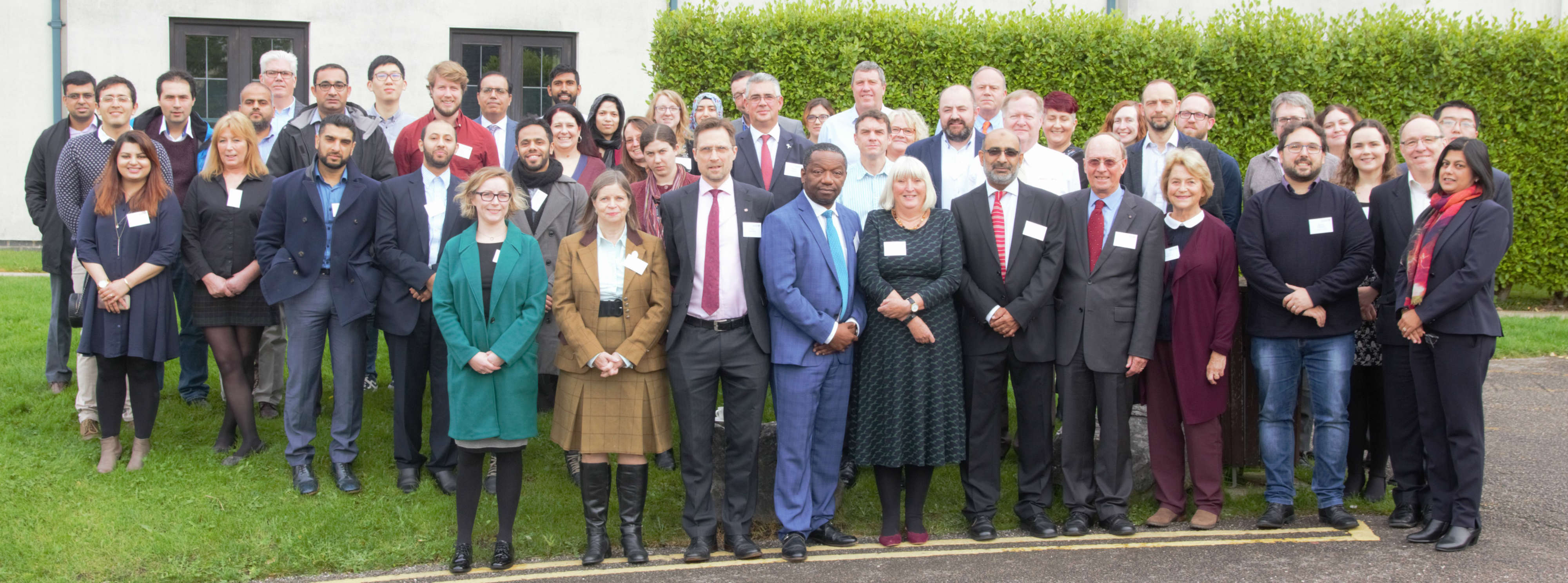Lancaster hosts bioengineering and health materials showcase

Some of the leading minds in bioengineering and health related material science have gathered at a special symposium organised by Lancaster University.
The ‘Bioengineering and Health Materials Symposium’ saw luminaries talk about the role of these technologies in future healthcare, including their use in repairing nerve injuries, bone augmentation, cell therapy in the treatment of chronic wounds, and the importance of rapid diagnostics and holistic care in cancer.
A plenary lecture was given by Professor William Bonfield CBE FRS of the University of Cambridge on the increasingly key role of biomaterials and bioengineering in healthcare. He highlighted the importance of interdisciplinary research and how important it is to work together for a targeted and focused research. He also explained the need for scientists to focus on translational research and find long-term solutions for diseased and damaged tissues.
Professor Bonfield advised researchers to aim for commercialisation of developed materials, to protect intellectual property and develop spin-out companies. He explained how he had commercialised a bone replacement material HAPEX™ and how from this material ear implants were developed covering more than 60 per cent of the world market. He also shared knowledge of establishing ApaTech Ltd (now Baxter) and OrthoMimetics Ltd (now TiGenix).
Keynote lectures were also given by: Professor Elizabeth Tanner, of Queen Mary University of London; Dr Sherry Kothari, Director of Lancaster University’s Health Innovation Campus; Professor Sheila MacNeil, Professor John Haycock and Professor Dilly Anumba, of the University of Sheffield; Professor Pierre Martin-Hirsh of Lancashire Teaching Hospitals NHS Trust; and Professor Rob Short, Director of Lancaster University’s Materials Science Institute. They all outlined the importance of interdisciplinary translational research and highlighted the need for clinicians and non-clinicians to work in partnership.
The event, held at the Lancaster House Hotel, was hosted by Professor Ihtesham Rehman, Chair in Bioengineering and Deputy Director of the Materials Science Institute at Lancaster University.
He said: “Biomaterials and regenerative medicine is an important aspect of bioengineering which deals with the repair and replacement of human tissues damaged by injury, aging and illness. Bioengineers tackle un-met challenges from multiple perspectives applying engineering principles of design and analysis to biological systems biomaterials and medical technologies.
“We are aiming to establish Bioengineering at Lancaster with the vision of finding innovative ways of diagnosing diseases, biomaterials for regenerative medicine, and identifying chemical pathways of biofilm formations.
“This well attended symposium is an important step signalling our ambitions in bioengineering. The quality of the talks by leaders in their fields were excellent and the audience was fully engaged.”
Scientists from Lancaster’s Bioengineering research group also presented posters, which were viewed by Professor Bonfield and other key speakers – providing the researchers with opportunities to ask questions and seek advice.
Diseases are often detected late, which can affect the efficacy of treatment ultimately affecting long-term prognosis. Research in bioengineering at Lancaster University, working in partnership with academics in the University’s Materials Science Institute and Health innovation Campus, includes new medical imaging technologies, such as bio-spectroscopy. These technologies may be developed as portable disease diagnostic devices in the future. Other research areas include designing bioactive functionalised scaffolds for tissue engineering and regenerative medicine and bacteria engineering.


